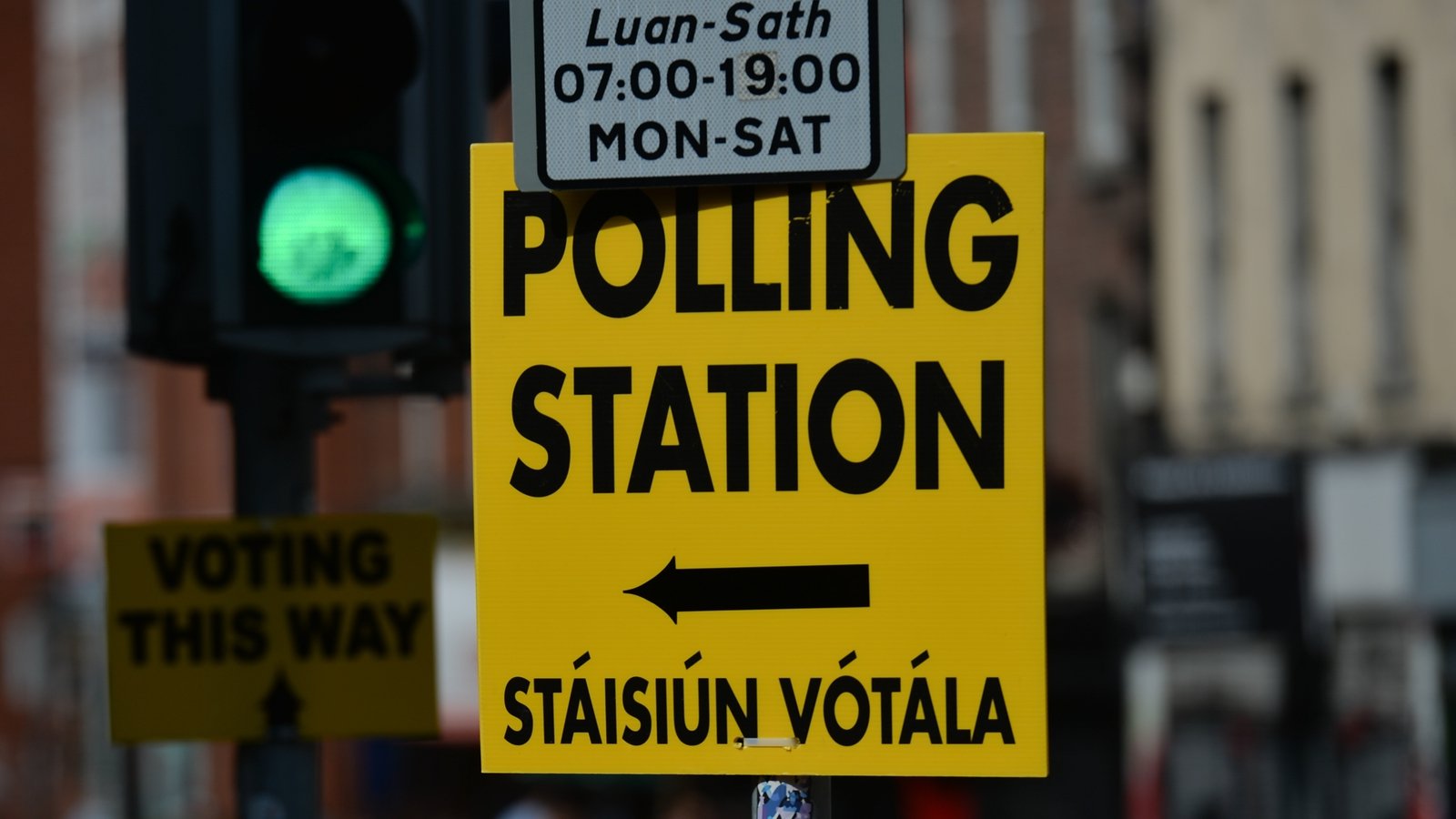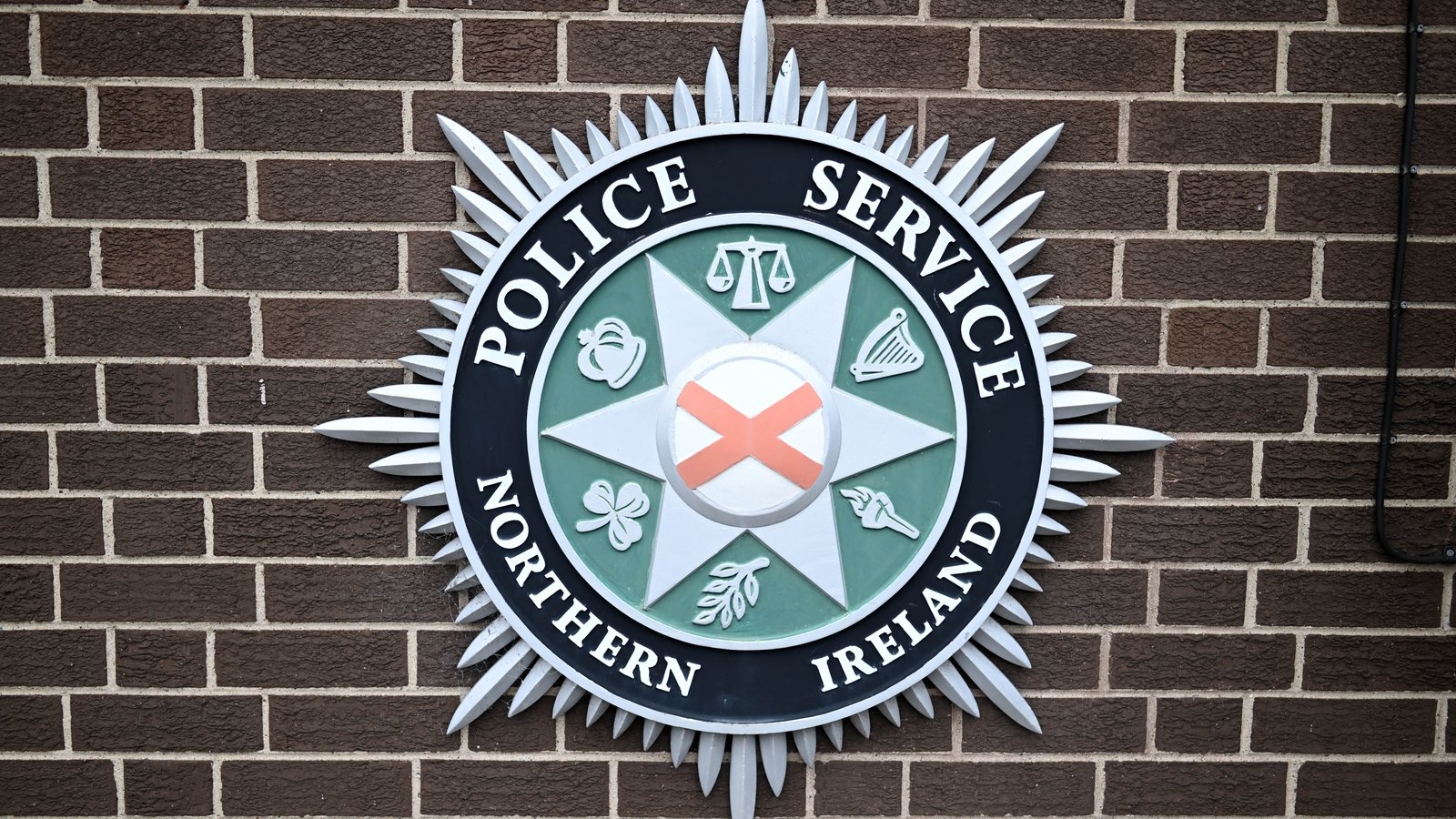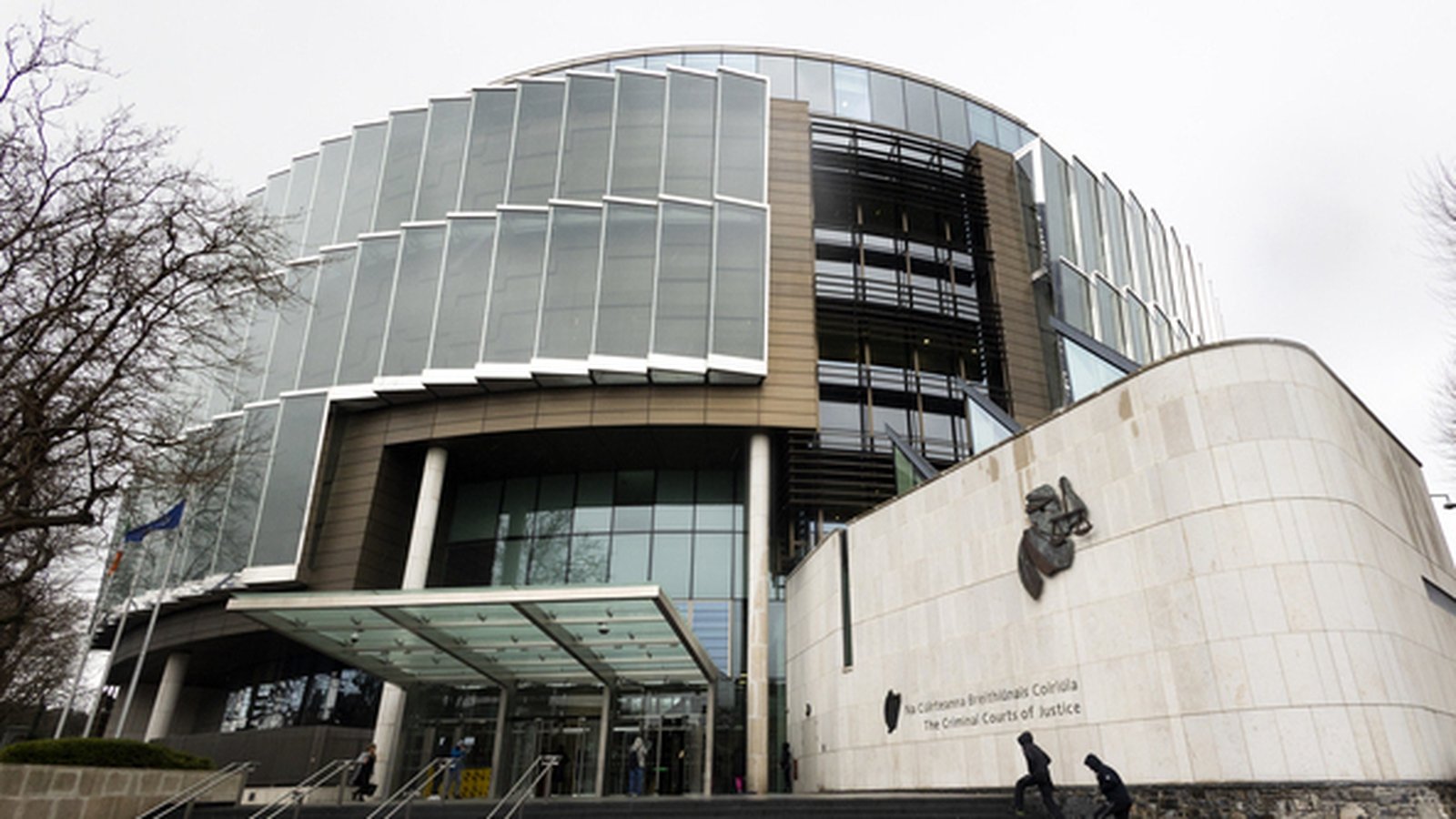Facebook enters its 20th year as a corporate institution
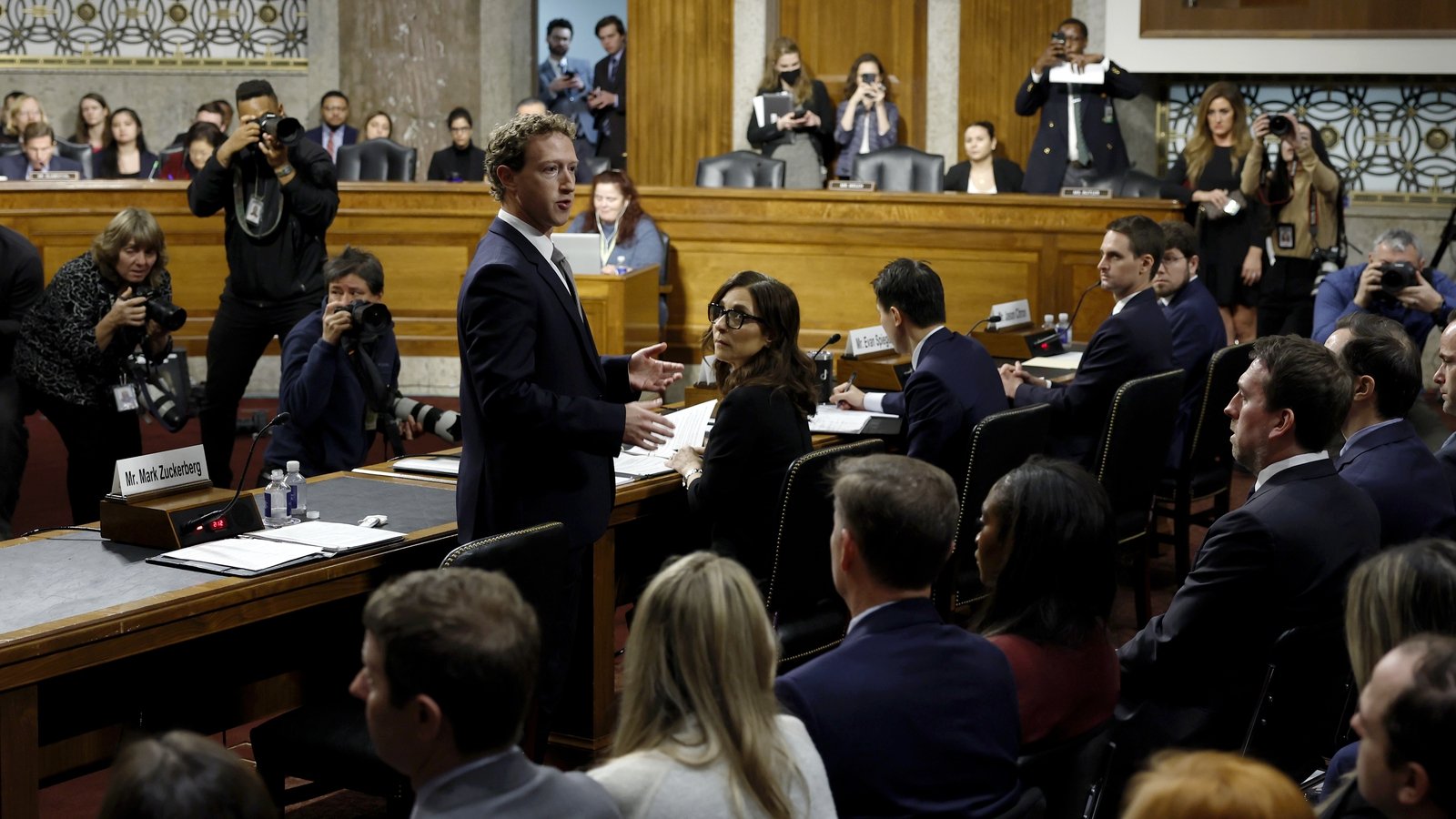
On Wednesday, Meta CEO Mark Zuckerberg stood at a US Senate hearing and apologised to a group of parents who had come to talk about the harm social media had done to their children.
He’s unlikely to have imagined himself ending up in such a surreal situation when he launched Facebook, on this day 20 years ago.
But he probably couldn’t have imagined the level of success and influence his startup would achieve, either.
Or how such an obscure outsider would eventually become an emblem of corporate America.
TheFacebook

On the 4th February 2004, then Harvard student Mark Zuckerberg launched thefacebook.com.
It was originally intended as a digital version of Harvard’s student directory (known as a face book). However it also took inspiration from Zuckerberg’s short-lived ‘FaceSmash’ project, which prompted users to compare students’ pictures and select the one they found more attractive.
But while TheFacebook began as a digital Harvard directory Zuckerberg also saw its potential beyond that. Because, by early 2004, there was significant buzz around social media, with the likes of Friendster and MySpace luring in millions of users in a matter of months.
Showing early signs of his uncanny ability to spot – and capitalise on – emerging trends, Zuckerberg set about creating a site that would allow students to not just find people, but also communicate with them.
He was also quick to realise it needed to broaden its reach beyond Harvard, with TheFacebook opening its doors to other Ivy League colleges within a month of launch.
Behind the scenes, its development into a real startup was equally rapid – with the company moving from Zuckerberg’s dorm room to an office in Palo Alto, California by the summer of 2004.
Social butterfly
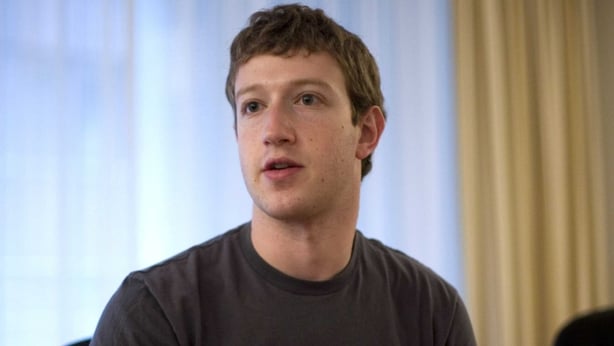
From this point the company went through a phenomenal phase of user growth.
Part of that was due to it opening its service to more and more users – with its initial exclusivity only helping to fuel students’ curiosity about the site.
By the end of 2005 students across North America had gained access, along with those in Ireland, the UK, Australia and New Zealand.
By that point Zuckerberg had also opened the door to high school students in the US, giving it six million active users by the close of the year.
And in late 2006 the company – now known simply as Facebook – started to permit any user aged 13 or older to sign up, opening the floodgates to the wider world.
This coincided with a growing interest from users beyond classrooms and college campuses – with Facebook becoming the go-to place for all sorts of people to communicate.
It also quickly grew as a base for businesses – even though there was no official platform for company profiles in its early days.
Meanwhile, companies of a different scale were also starting to show an interest – with Facebook receiving multiple takeover offers in its early years.
In early 2005 Zuckerberg held talks with Chris DeWolfe, co-founder of rival MySpace, about a potential merger.
DeWolfe ultimately baulked at Zuckerberg’s $75m price tag, with MySpace itself being sold to Rupert Murdoch’s NewsCorp for $580m just a few months later.
Another potential early buyer was Yahoo, which reportedly offered as much as $1 billion for the site in September 2006.
But even though he would have been the main beneficiary from such a sale, Zuckerberg ultimately decided to hold onto his business – betting he could make far more from it in the future.
Turning a corner, and a profit
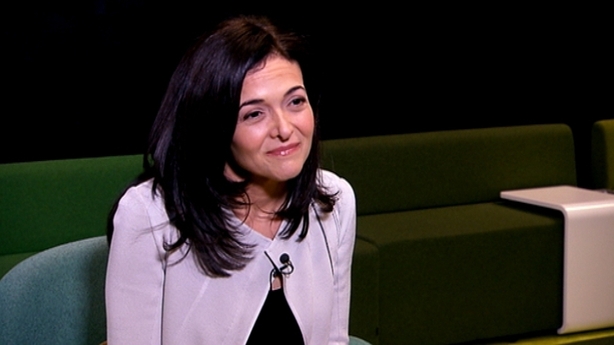
As smart as that seems today, that was a gutsy move at the time.
Because, while Facebook’s user base was growing rapidly its revenue was not; and it was unclear whether there was any way to make money from social media.
Critics argued that, as much as users loved to be able to share photos and messages, they would walk away the second they were asked to pay for the service.
And while Google had led the way with online advertising many – including Zuckerberg – questioned whether this model could be applied to social media, or whether people would log out once their screens filled up with ads.
Given the amount of private investment it was getting, the company was about to remain focused on growth – outwardly at least.
By 2008 it boasted more than 100m users.
But, behind the scenes, that year also marked a significant turning point for the firm, as it truly began to take itself seriously as a business.
In March 2008 Facebook hired Google sales executive Sheryl Sandberg to be its Chief Operating Officer – giving her the task of figuring out how it would become profitable. Later that year it also established its international headquarters in Dublin, setting the foundations for sharper management of its global footprint.
This business-like focus quickly yields results – with the company claiming to become cash flow positive the following year.
The Luck of Zuck
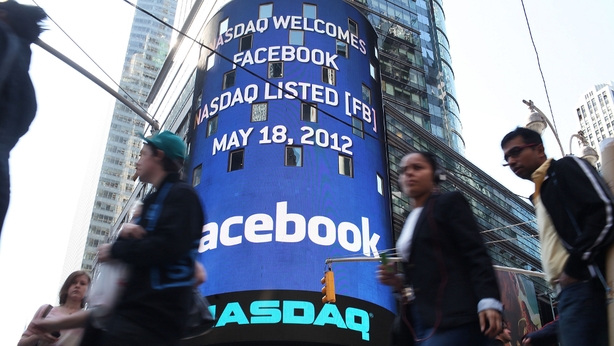
Throughout these early years, Zuckerberg displayed a single-minded focus on growing the business – and little interest in doing things the ‘traditional’ way.
Declining a billion-dollar acquisition when it was just two years old is one example of that.
In fact Zuckerberg continued to resist talk of acquisition or even a stock market flotation for years after – and only gave in to the latter when the company got so big that it would have to start making financial disclosures anyway.
And even when that happened, Zuckerberg showed a degree of distain for his would-be shareholders.
The sale was structure in such a way to ensure buyers would have no say in the direction of the company. Some investors even criticised the fact that Zuckerberg turned up to ‘roadshow’ meetings in a hoodie, rather than a suit.
Facebook ultimately floated in 2012 at a valuation of $104bn; today Meta is valued at around $1.2 trillion.
Zuckerberg’s unorthodox approach helped in other ways.
By 2012 Facebook was closing in on 1bn users. It was also the biggest online host of photos, with more than 100bn pictures on its platform.
Despite that it opted to spend $1bn on a much smaller photo-sharing social network – Instagram – which had around 27m active users at the time.
Today that figure stands at 2.4bn.
And all through its early years Facebook made repeated tweaks and changes to its timeline. This was usually met with very vocal complaints from users, but always led to higher engagement and more advertising revenue for the company.
Social Influencer
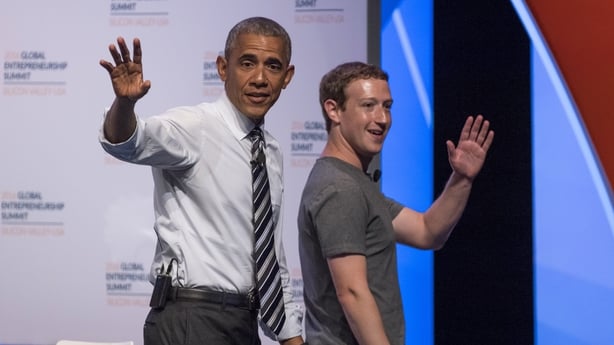
With its userbase growing rapidly, its global influence became equally inflated.
When then US President Barack Obama invited tech leaders to the White House in early 2011, Zuckerberg was there alongside Apple’s Steve Jobs and Google’s Eric Schmidt.
In April of the same year, President Obama took part in a Facebook ‘town hall’ alongside Zuckerberg.
Politicians and businesses alike were becoming increasingly aware of the power Facebook wielded – offering access to audiences on a scale never seen before.
For countries like Ireland, its rapid growth also represented huge potential in terms of corporate tax revenue and employment.
But for all his success Zuckerberg’s judgement has been far from flawless.
He was late to spot the upheaval smartphones would bring – ordering staff to focus on mobile in 2012; five years after the iPhone first came to market.
Facebook once tried to take on email through its own @Facebook.com messaging service – though that ultimately failed.
Its attempt to overthrow SMS with ‘Messenger’ has also fallen short, prompting it to spend a whopping $19bn to buy WhatsApp in 2014.
Some of his errors, though, have had an impact far beyond Facebook’s bottom line.
Facebook’s failures
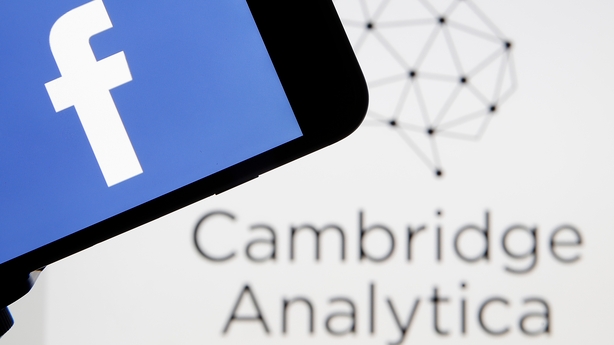
In January 2010, Zuckerberg told attendees at a TechCrunch event that the world was becoming less private – and lamented how closed off he had made Facebook in its early days.
His comments were in the context of a recent change to Facebook’s settings, which made everything a user uploaded public by default.
But while Zuckerberg framed this as a shift to a more open and transparent world, the lax attitude towards user data that it signalled ultimately set the scene for some of Facebook’s biggest and most impactful scandals.
In 2013 British consulting firm Cambridge Analytica commissioned the development of an app that tapped into Facebook’s ‘Open Graph’ platform, ultimately allowing them to quietly scrape the data of millions of Facebook users.
This data was used to help target ads during the 2016 US Presidential election as well as Britain’s Brexit referendum, with critics claiming it was a key tool in the spread of misinformation.
Coupled with revelations around multiple data leaks, it ignited widespread mistrust of company.
Facebook also came under scrutiny for its seemingly hands-off approach to content, including misleading adverts, the promotion of fake news, and sometimes sluggish response to hateful and violent content.
These kinds of failings had very real-world impacts; not just in terms of influencing elections, but also fuelling violence.
That even led to Facebook being rebuked by the United Nations after it was deemed to have played a “determining role” in the Rohingya genocide in Myanmar due to its tolerance of hateful content.
The UN’s Human Rights Council said Facebook was a “useful instrument for those seeking to spread hate”.
Things Can Only Get Meta
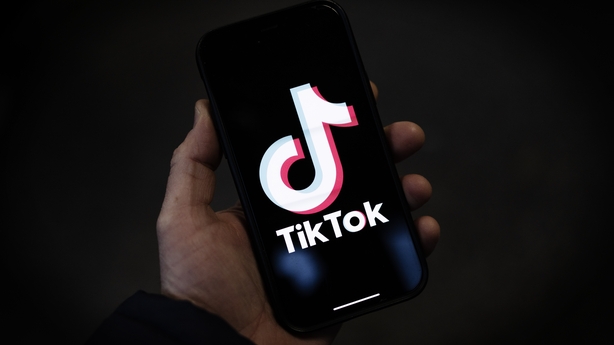
Facebook has faced multiple fines and sanctions over issues like these – including a recent €1.2bn fine by the Irish Data Protection Commission over the transfer of data to the US (a fine Meta is appealing).
It has also repeatedly put forward details of its attempts to deal with problematic content – including the rolling out of more advanced artificial intelligence and machine learning moderation systems.
However few believe it has truly gotten to grips with issues like misinformation or hateful content, nor has it managed to rebuild its reputation in the wake of the multiple controversies it’s faced.
But the reputational damage it’s suffered from hateful content and data breaches is probably not as concerning to Zuckerberg as the perception that’s grown more organically.
The ghost of MySpace shows just how quickly a social media giant can lose its audience – and the real existential threat to Facebook is the fact that is it is now seen as a platform for older users, with younger (more lucrative) audiences migrating to rivals like TikTok.
In the past Facebook may have acquired its way out of the problem, but such an approach is near-impossible today.
The sheer size of the company means that any acquisition it might make would face severe regulatory scrutiny, and that comes at a time when time regulators around the world have become more sceptical of tech firms anyway (in part because of the carelessness they’ve displayed in recent years).
That change in attitude was apparent as recently as last year, when Meta was forced to off-load Giphy – a database of animated images it acquired in 2020 – at a cut price, due to competition concerns in the UK.
And so most of Meta’s most notable developments in recent years have been more imitative than innovative.
Instagram and Facebook have gained features like Stories and Reels – though both are clearly “inspired” by the offerings of rivals Snapchat and TikTok.
Threads, meanwhile, is a clear attempt to capitalise on growing dissatisfaction amongst Twitter users (and even that has been curtailed by regulatory scrutiny in the EU).
The one moonshot Zuckerberg has made in recent years is around virtual reality – or the Metaverse, as he calls it. He even renamed the company to reflect how serious he was about the technology.
Building on Meta’s last major acquisition (Oculus VR, bought for $2bn in 2014), it theorises a virtual, 3D world where people with interact in the future.
But two and a half years on from this pivot, audiences remain lukewarm on that idea – despite Meta sinking billions of dollars into its development.
Between 2021 and 2023 Meta’s Reality Labs division – which is overseeing the development of its Metaverse – lost $40bn.
In 2023 alone the division had revenues of $1.9bn – down 13.9% year-on-year.
If this is a crisis…
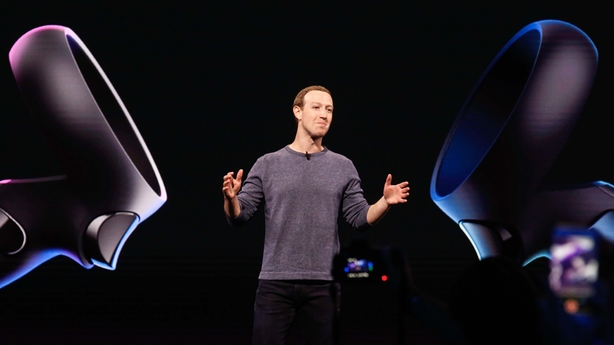
But if this is a company struggling for survival, it’s the kind of struggle few firms could dream of.
Its latest financial results, published on Thursday, showed that revenues at Meta jumped 16% last year to $134.9bn.
Net profits rose 69% to $39.1bn.
That came as the amount of users it had, and the amount of ads each user saw, increased.
Even Facebook – the platform that’s seemingly repellant to young people – picked up users, and now boasts more than 3 billion visitors each month.
But as welcome as those stronger user numbers may be, they also represent the final step in Meta’s transition from plucky tech star to corporate institution.
After seeing its 2022 profits fall 38% (to a mere $28.9bn), Meta set aside the moon-shots in favour of a classic cost-cutting programme.
Zuckerberg’s “year of efficiency” resulted in thousands of job cuts (including 510 roles in Ireland) and lower spending in multiple divisions. That saw its headcount fall by 22% by the end of 2023, with its costs in the final three months of the year declining by $2bn.
And, as if to cement its transition from outsider to corporate power, on Thursday Meta also announced it would start paying shareholders a dividend for the first time.
That was warmly received by the stock market, which rewarded Meta with a 22% jump in its share price the following day.

